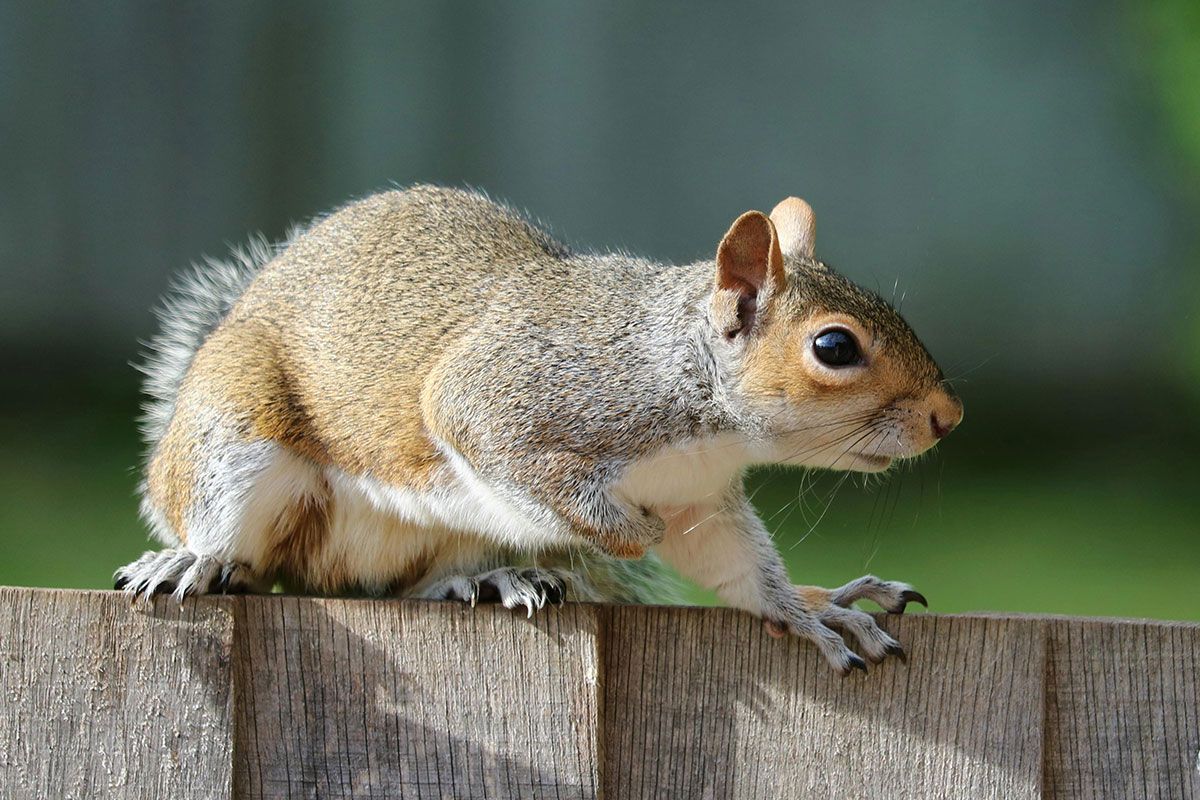Squirrel Awareness Month: What Every Homeowner Should Know About Squirrel Pest Control
Squirrel Awareness Month gives homeowners a timely reminder to check their roofs and lofts — especially when it comes to squirrel pest control. Even though squirrels are often seen as charming garden visitors, when they invade our houses the consequences can be serious. In North Essex, South Suffolk, and across the UK, pests in the loft are a rising concern—and Infinity Home Services understands how distressing it can be when those once-cute creatures start causing damage indoors.

Why “Squirrel Awareness Month” Matters to Homeowners
The Rising Grey Squirrel Population
Grey squirrels are often classed as pests in the UK thanks to their increasing numbers and the damage they cause. Since their introduction from the United States in the late 19th Century, they have had a dramatic effect on ecosystems, almost entirely destroying our native red squirrel populations throughout the UK. To a lesser extent, squirrel populations can be known to have a negative impact on bird numbers also.
Recent surveys suggest that grey squirrels now occupy about 69% of sites in England, up from 62% the previous year, putting pressure on native species and increasing encounters with homes.
Because their population is growing, the chances of them exploring roofs, chimneys, or lofts in search of nesting sites or food are higher than ever.
Common Problems Caused by Squirrel Intrusion
Structural & Technical Damage
-
Gnawing on wires and cables: Squirrels’ continuously growing incisors cause them to chew — this puts electrical wiring at risk, potentially leading to short circuits or even fires.
-
Damage to insulation and timber: In lofts, squirrels often tear insulation materials for nesting, degrading thermal performance and possibly damaging roof timbers or battens.
-
Water pipe leaks and roof gaps: They may gnaw or dislodge flashing, fascia, or piping, opening gaps that allow moisture ingress or leaks.
-
Access points propagation: Even small gaps (in soffits, eaves, vents) can be exploited. Once entry is gained, squirrels may enlarge holes or chewed openings.
Noise, Stress & Safety Concerns
-
Noise and disturbance: Squirrels are active by day. Homeowners often report scratching, scuttling, or thumping sounds in ceilings and lofts, which can disrupt sleep and peace of mind.
-
Aggressive behaviour near nests: If startled, squirrels can act defensively, especially around offspring, creating risk for anyone entering the loft.
-
Health risks: Droppings and urine can cause odour or bacterial contamination; squirrels may also carry fleas, mites, or parasites that could spread to pets or household areas.
-
Emotional toll: Discovering wildlife in your home can be distressing. The fear of unknown damage, the cost of repair, and the stress of ongoing checks can weigh heavily on homeowners.
Why DIY Isn’t Always Enough
Many homeowners may try deterrents: ultrasonic devices, scents, bright lights — but squirrels often become accustomed to these or simply ignore them if they are already nesting.
Worse, sealing entry points too soon (while squirrels remain inside) risks trapping them — leading to panicked damage or further chewing. A professional approach is safer, more thorough, and lawful.
How Infinity Home Services Can Help
At Infinity Home Services (serving North Essex and South Suffolk), we know how to tackle squirrel intrusion with care and competence:
-
Inspection and assessment
Our technicians carry out a full survey — checking external rooflines, soffits, chimneys, eaves, and carrying out internal loft inspections to identify entry paths, nests, and damage. -
Humane exclusion and trapping
We use exclusion devices and wildlife-approved trap methods to safely evict squirrels, while ensuring no animals are inadvertently harmed, and in compliance with legal protections. -
Sealing and proofing
Once the squirrels are out, we seal up all possible entry points using materials like galvanised mesh, steel flashing, and durable roof-grade materials — preventing re-entry. -
Repair and remediation
We assist in repairing damaged insulation, wiring, woodwork, and cavities — collaborating with roofers or electricians where needed to restore your loft’s structure and safety. -
Ongoing monitoring and advice
After work is done, we offer follow-up checks and preventive advice (such as trimming tree branches, managing food attractants, routine roof checks) to keep your home squirrel-free.
Squirrel Awareness Month: Action Checklist for Homeowners
-
Inspect your loft and roofline monthly for signs of entry (chew marks, shredded insulation, droppings)
-
Trim tree limbs or shrubs that touch your roof — squirrels often launch from branches
-
Ensure vents, flues, and chimney crowns are screened or capped
-
Avoid placing bird feeders too close to walls or eaves
-
If you hear noise or suspect intrusion, act early — damage compounds quickly
Conclusion
Squirrel Awareness Month is more than just a seasonal reminder — it’s a prompt to protect your home from a surprisingly destructive pest. Squirrels tucked away in your loft may seem harmless until they cause structural damage, insulation loss, fire risk, or disruption. While DIY deterrents might offer some short-term relief, comprehensive inspection, humane removal, and proofing are best left to professionals to ensure effective squirrel pest control.
Contact Us
If you suspect squirrels are entering your loft or causing problems, don’t wait until the damage is costly. Call us today on 0800 148 8088 or fill in our contact form below and we’ll arrange a prompt inspection and bespoke solution tailored to your home?